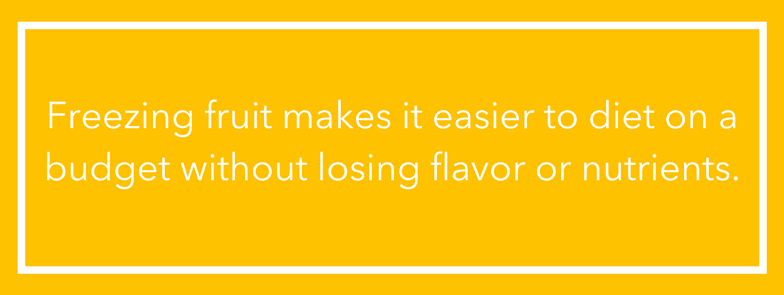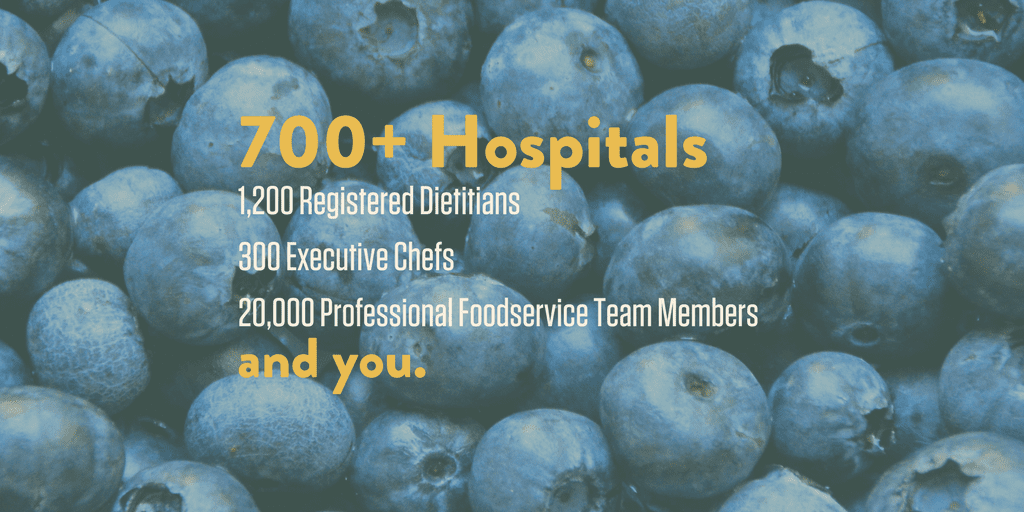How to Eat Clean on a Budget
By: Lori Garvin McCall, MS, RD, LDN
Few roadblocks are as frustrating to clean eating as the high cost of “health foods.” But take heart: eating real food on a budget doesn’t have to be an exercise in futility! It is possible. By following a few guidelines in your meal planning, your wallet can stay hefty while your waistline stays trim.
Tip 1: Buy bulk whole grains
Bulk whole grains are easy enough to find in the rice and pasta or gluten-free sections of most grocery stores these days. Think barley, millet, buckwheat, and bulgur – either from the bulk bins or pre-packaged in one-pound bags. Don’t know what to do with a new grain? Start out boiling and simmering it (like rice) in a low-sodium vegetable stock until it reaches the desired tenderness, then use it as a bed for stir-fry or chili. Your wallet and your body will thank you: whole-grain consumption is linked to a myriad of health benefits, including healthy aging, cardiovascular protection, and diabetes control.

Tip 2: Learn to love your legumes
When you’re building an organic meal plan on a budget, legumes are your new best friend. If eating real food is at the top of your priority list, no other protein source is as dependably cheap and outrageously nutritious as the humble dried bean. The easiest approach: soak dried beans overnight, change the water in the morning, and slow-cook on low setting for about eight hours. They’re always an affordable addition to your next soup, chili, salad, or casserole. I also like to add mashed navy beans into my mashed potatoes or mashed black beans into my brownies. What other protein source provides protection against diabetes, heart disease, hypertension, and obesity for about 10 cents per serving?
Tip 3: Freeze your favorite fruits
Gotta have fruit? Go frozen! Freezing fruit makes it easier to diet on a budget without losing flavor or nutrients. Frozen fruits are often cheaper than their fresh counterparts when out-of-season, yet nutrient losses after harvesting are minimized by the flash-freezing process. Berries often result in the best cost savings when bought frozen. But let’s not forget fresh fruits that freeze well so you can enjoy them out of season, too: bananas, peaches, mangoes, and pineapples are just a few. Throw them straight from the freezer into the blender with a splash of plant-based milk or yogurt for a thick, creamy smoothie.

Tip 4: Mix in root vegetables
Root vegetables should be staples of a clean, healthy eating plan on a budget. Normally priced at less than $1 per pound, potatoes pack a nutritional punch with their generous amounts of potassium, folate, fiber, and vitamin C. Carrots, turnips, beets, and sweet potatoes also fit the bill. Buy these in bulk bags (1-5 pounds for carrots or 5-10 pounds for potatoes) for the lowest per unit cost…usually (see below). Store in a cool, dry and dark place to maximize shelf life.
Tip 5: Check the per unit cost
Check the per unit cost on the price label to make sure that your heart healthy foods are also budget-friendly. Most grocery stores list a breakdown of cost on the price sticker that is based on an established quantity unit, such as “per ounce” or “per count.” Don’t assume that larger containers are always cheaper per unit – although often that’s true. For example, if a one pound box of pasta is $1.20 (i.e. 7.5¢ per oz.) but the two pound box is on sale from $2.99 to $2.49 (7.8¢ per oz.), you’d still be better off buying two smaller packages rather than the larger one.
Tip 6: Cook enough for leftovers
Finally, my motto for eating clean on a budget is: cook once, eat thrice. In other words, I purposefully make at least three times more than I need for today’s meal – using on sale, fresh, and organic ingredients – and save the leftovers for another day. I store each component in an individual portion so that I don’t have to eat the leftovers all at once. And there’s virtually no waste! Follow the ChooseMyPlate method in healthy meal planning to ensure that you have a vegetable, whole-grain, protein, and fruit at each meal. Once you’ve made purposeful leftovers several times, you’ll have a nice rotation of sides to mix-and-match for your next meals. It’s as easy as a frozen dinner, but much more healthy and budget-friendly.

And speaking of “thrice,” an important food-safety reminder is the Rule of 3s: refrigerated leftovers last three days, and frozen leftovers last three months – if stored in an airtight container, of course!
Lori Garvin McCall MS, RD, LDN is a Clinical Dietitian at Transylvania Regional Hospital in Brevard, NC. Her professional focus is on disease prevention, with special emphasis on plant-based diets for management of heart disease and diabetes.
Learn More
If you’re looking for healthy recipes, be sure to check out the recipe section of the Power of Food blog. There you will find several ideas for healthy foods you can prepare on a budget. Be sure to also follow Morrison Healthcare on Facebook, Twitter, Instagram and LinkedIn for more info on the #PowerofFood to keep you healthy.
Join the Morrison Family
Morrison is a Compass One Healthcare operating division within Compass Group and has more than 1,200 registered dietitians, 300 executive chefs, and 20,000 professional food service team members. Apply for team member or management positions in one of the best companies to work for today.





